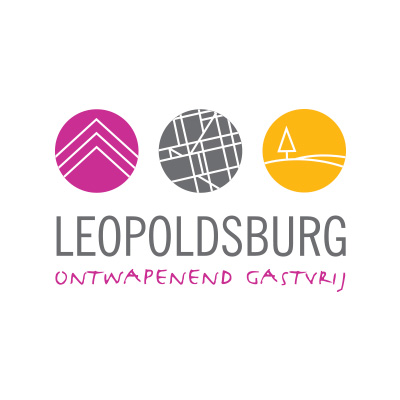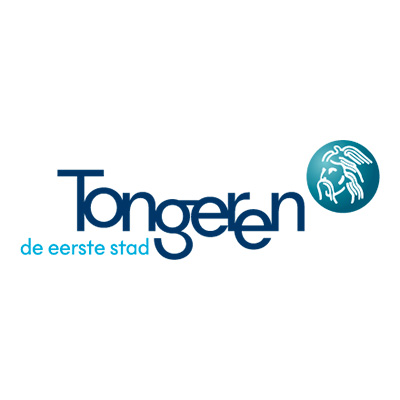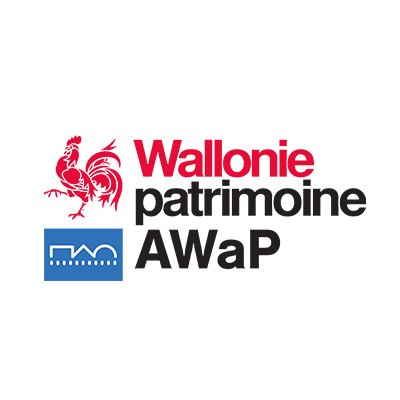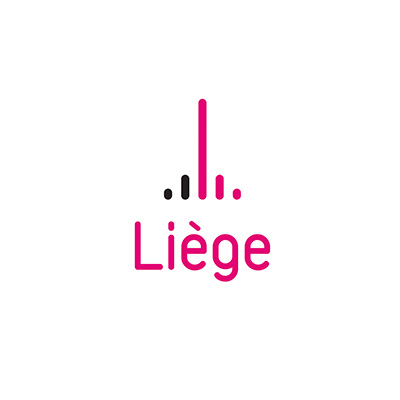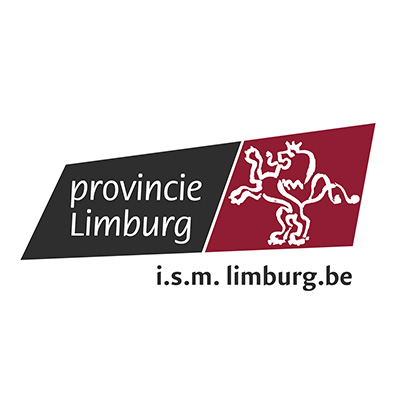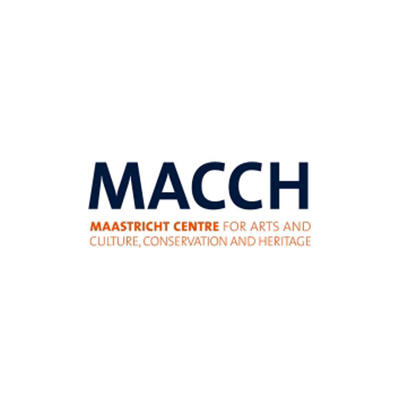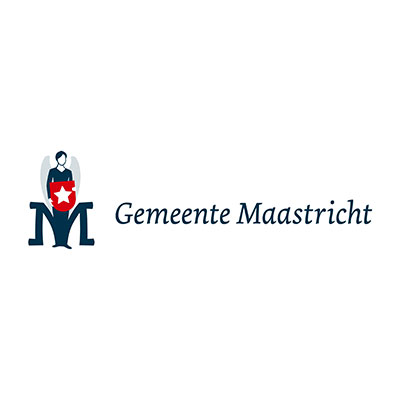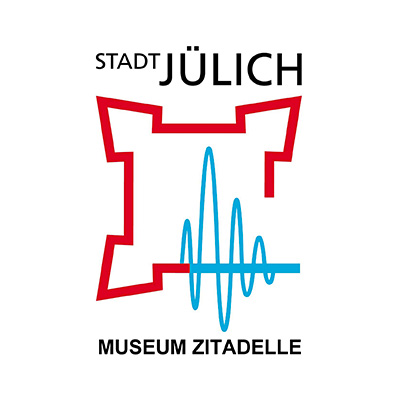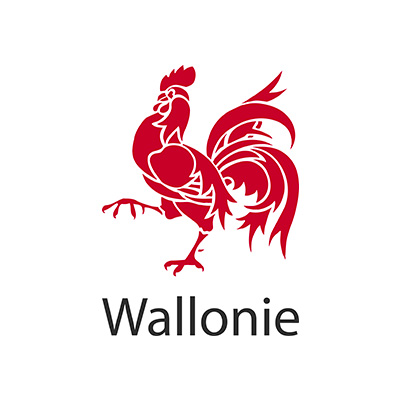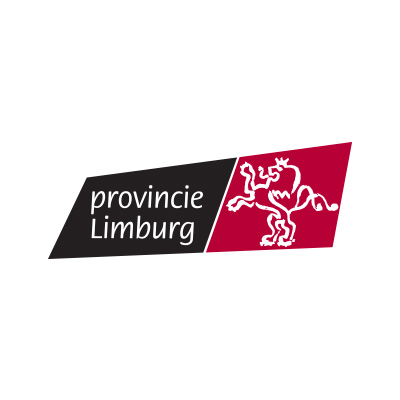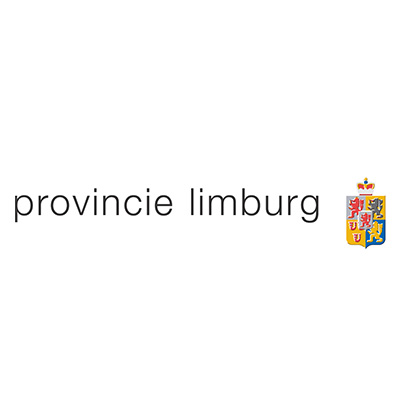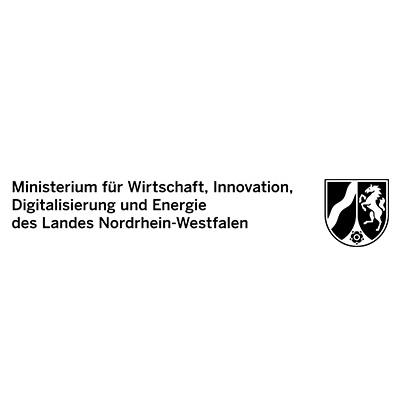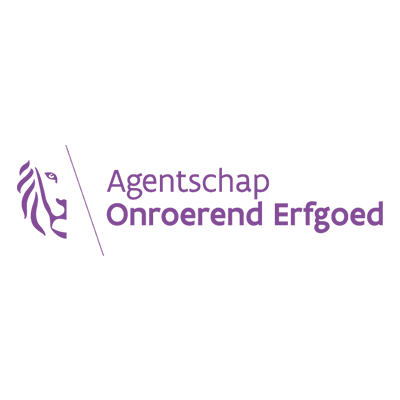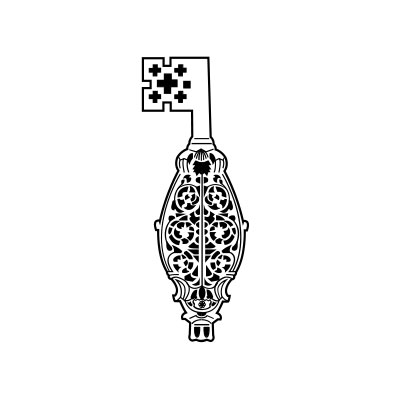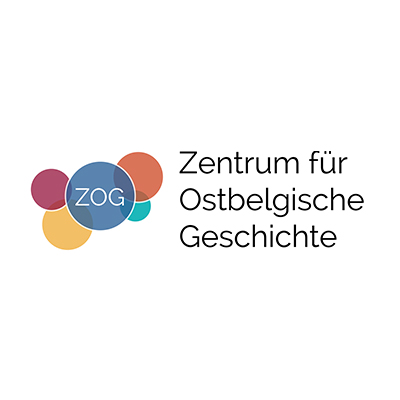Partners
RWTH
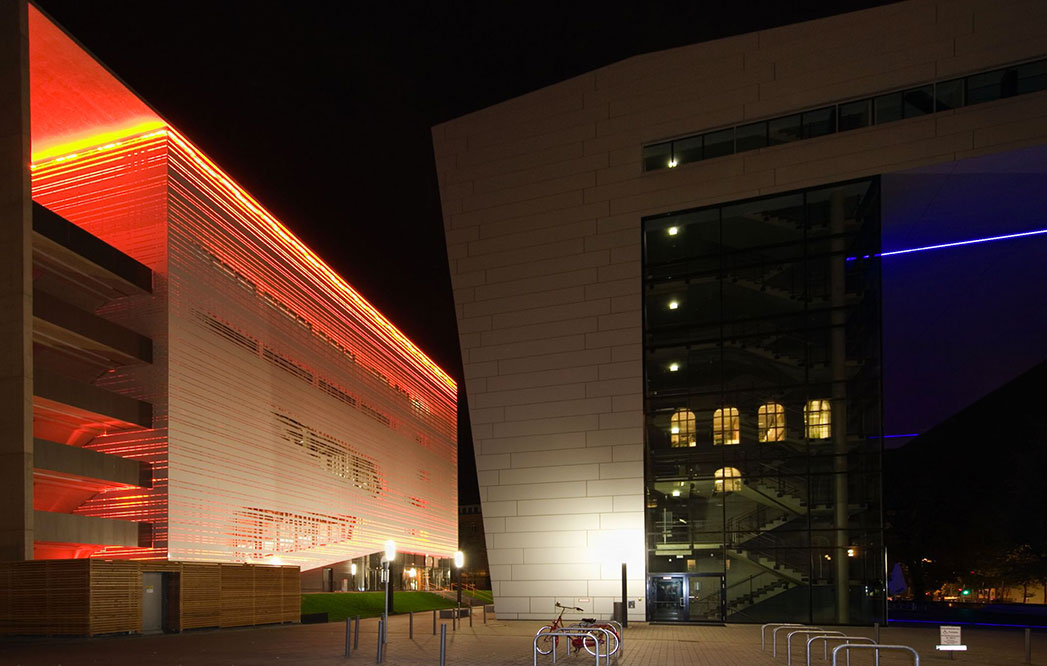
Who are we?
Founded as the “Königliche Rheinisch-Westphälische Polytechnische Schule” in 1870, the university was intended to strengthen the creative power of the economy in the region. To this day the now called “Rheinisch-Westfälische Technische Hochschule” strives to foster a unique educational and networked research environment that embraces the convergence of knowledge, approaches and insights from the humanities, economics, engineering, natural and life sciences.
RWTH Aachen University ranks among the eleven German universities which were successful in the Universities of Excellence funding line and will now be funded for a period of at least seven years.
In the Terra Mosana project two computer science institutions of RWTH contribute with their expertise in computer graphics and human-computer interaction.
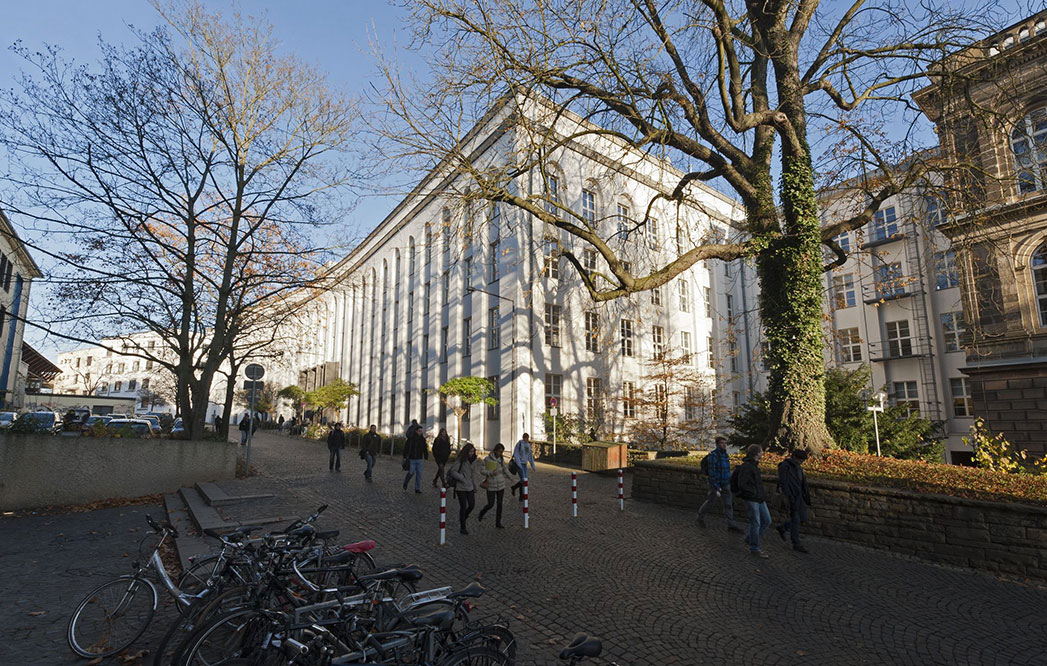
Our expertise
The Media Computing Group develops and studies new interaction theories, techniques, and systems in areas like tangible, mobile, and wearable user interfaces, interactive textiles, multitouch tables and interactive surfaces, augmented reality, visual coding environments, and personal digital fabrication. They created various exhibits and tourist applications that take advantage of digital media and augmented reality.
The research and teaching activities of the Visual Computing Institute focus on geometry acquisition and processing, on interactive visualization, and on related areas such as computer vision, photo-realistic image synthesis, and ultra high speed multimedia data transmission.
In their projects they cooperate with various industry companies as well as academic research groups around the world.
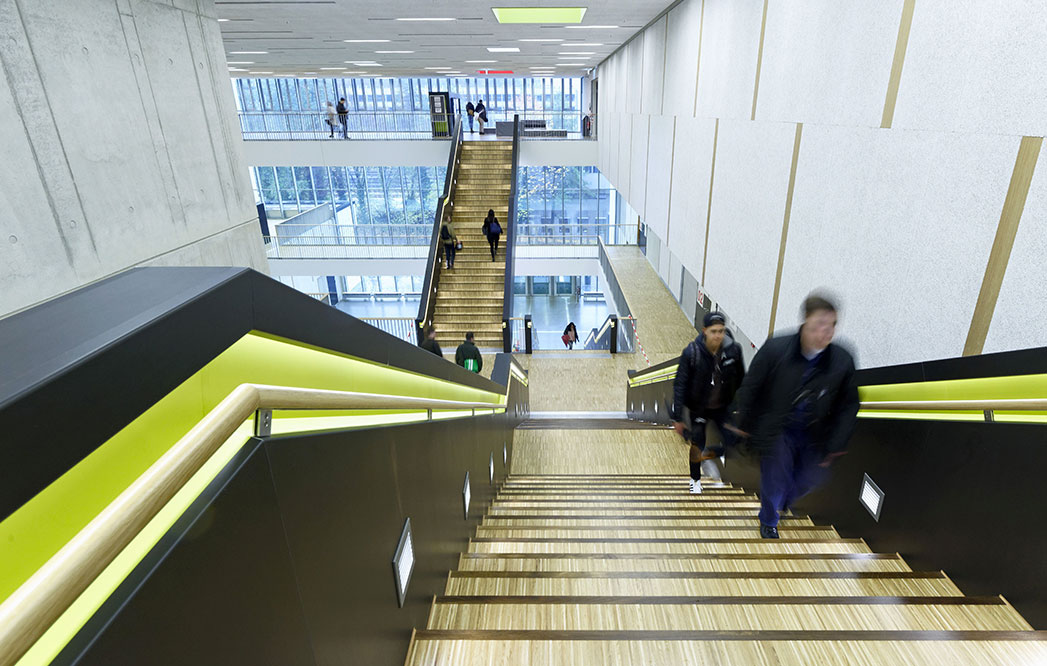
What do we do in the project ?
Within Terra Mosana, RWTH is responsible for the work package on on-site experiences.
For the Aachen experience we scan the inside and outside of the Aachen Cathedral, refine the digital geometry and make it available in a mobile application that allows users to explore the cathedral from within their home. With the use of new technologies like augmented reality we enable tourists to visit parts of the cathedral not available to the general public. The virtual visit is enriched with historical stories and facts and allows for an individual sightseeing tour.
